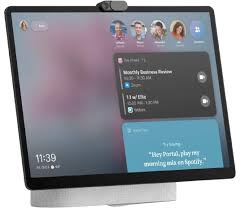From humble beginnings in the mid-80s to becoming the heartbeat of billions of computers worldwide, Microsoft Windows has not just been an operating system—it has been a revolution. It’s the invisible stage where our work, creativity, and entertainment come alive. Over the decades, it has transformed from a simple interface to a powerhouse of speed, security, and style.
When you think about it, Windows is more than just software—it’s the bridge between human imagination and machine capability. And like every great story, there are chapters that shine brighter than the rest.
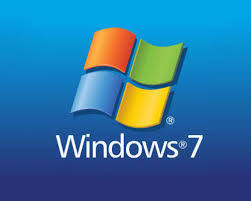
Exploring Computer Operating Systems: The Backbone of Modern Computing
In the ever-evolving world of technology, computer operating systems (OS) serve as the critical bridge between hardware and software, enabling users to interact seamlessly with their devices. An operating system manages computer resources, provides a user interface, and supports applications, making it the backbone of any computing experience. From personal laptops to corporate servers, operating systems power our digital lives. In this blog post, we’ll dive into what operating systems are, their core functions, and highlight the most popular ones shaping the tech landscape today.
What is an Operating System?
An operating system is a software platform that acts as an intermediary between a computer’s hardware and its users. It handles essential tasks like managing memory, processing inputs and outputs, scheduling tasks, and providing a platform for applications to run. Without an OS, even the most powerful hardware would be unusable, as it translates user commands into actions the machine can execute.
The primary functions of an operating system include:
- Process Management: Coordinating multiple programs running simultaneously.
- Memory Management: Allocating and deallocating memory for applications.
- File System Management: Organizing and storing data on drives.
- Device Management: Controlling hardware components like printers, keyboards, and displays.
- User Interface: Providing a way for users to interact with the system, whether through a graphical interface or command line.
Now, let’s explore the most popular operating systems dominating the market today, each with unique strengths tailored to different user needs.
The Most Popular Computer Operating Systems
1. Microsoft Windows
Microsoft Windows is the most widely used operating system globally, particularly for personal computers and laptops. Known for its user-friendly interface and broad compatibility, Windows powers everything from gaming PCs to enterprise workstations. Its latest iterations, like Windows 11, emphasize sleek design, enhanced security, and seamless integration with Microsoft’s ecosystem, including Office 365 and cloud services like OneDrive. Windows dominates due to its versatility, extensive software support, and familiarity across industries, making it the go-to choice for both casual users and professionals.
2. macOS
Developed by Apple, macOS is the operating system behind MacBooks, iMacs, and other Apple computers. Renowned for its elegant design, stability, and integration with Apple’s hardware and software ecosystem, macOS appeals to creative professionals, such as graphic designers and video editors, thanks to tools like Final Cut Pro and Logic Pro. macOS Sonoma, one of the latest versions, offers a polished user experience with features like enhanced multitasking and iCloud synchronization. While macOS holds a smaller market share than Windows, its loyal user base values its reliability and premium feel.
3. Linux
Linux is an open-source operating system celebrated for its flexibility, security, and cost-effectiveness. Unlike Windows and macOS, Linux is not a single OS but a family of distributions (distros) like Ubuntu, Fedora, and Debian, each tailored for specific use cases. Linux powers everything from servers and supercomputers to personal desktops for tech enthusiasts. Its open-source nature allows developers to customize it extensively, making it a favorite for programmers, IT professionals, and those prioritizing privacy. While less common for everyday users due to its learning curve, Linux’s robustness and free availability make it a powerhouse in technical environments.
4. Chrome OS
Google’s Chrome OS is a lightweight, cloud-centric operating system designed for Chromebooks. Built around the Chrome browser, it focuses on web-based applications and Google services like Gmail, Google Drive, and Google Docs. Chrome OS is ideal for users who primarily work online, offering fast boot times, automatic updates, and affordability. Its integration with Android apps has expanded its versatility, making it popular in education and budget-conscious markets. While not as feature-rich as Windows or macOS, Chrome OS excels in simplicity and accessibility.
5. Other Notable Operating Systems
While the above dominate the consumer market, other operating systems deserve mention. For instance, *Ubuntu, a Linux-based distro, is particularly user-friendly for those new to open-source software. *FreeBSD, another open-source OS, is used in high-performance servers and networking. In niche cases, legacy systems like Windows 7 or specialized OSes like Red Hat Enterprise Linux still find use in specific industries. Each serves unique needs, from hobbyist projects to mission-critical infrastructure.
Why Operating Systems Matter
The choice of an operating system shapes how we interact with technology. Windows offers unmatched versatility, macOS delivers a premium and cohesive experience, Linux empowers customization and security, and Chrome OS prioritizes simplicity and affordability. Each OS caters to different audiences, from casual users browsing the web to developers building complex systems.
Beyond functionality, operating systems reflect broader trends in technology. The rise of cloud computing has boosted Chrome OS’s relevance, while growing privacy concerns have fueled interest in Linux. Meanwhile, Windows and macOS continue to innovate, integrating AI and machine learning to enhance user experiences.
Conclusion
Computer operating systems are more than just software—they’re the foundation of our digital interactions. Whether you’re a gamer on Windows, a designer on macOS, a developer on Linux, or a student on Chrome OS, your operating system shapes your computing journey. As technology advances, these systems will continue to evolve, offering new features and capabilities to meet our changing needs. So, next time you boot up your device, take a moment to appreciate the operating system quietly powering your digital world. Which one do you use, and how does it fit your lifestyle?
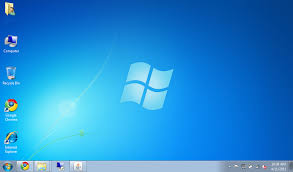
The Best Microsoft Windows Versions of All Time
Over the years, some Windows versions have stood out, becoming icons in their own right. Here are the legends:
1. Windows 7
A Timeless Classic in the World of Operating Systems
When Microsoft released Windows 7 in 2009, it wasn’t just another upgrade—it was a redemption story. After the lukewarm reception of Windows Vista, Windows 7 came in like a breath of fresh air, combining beauty, speed, and stability in a way that captured the hearts of millions.
Design and Interface
Windows 7 introduced a sleek, polished interface with its famous Aero Glass design, giving windows and menus a subtle transparency that felt modern without being distracting. The Taskbar was redesigned for better app management, allowing you to pin your most-used programs and preview open windows with thumbnail previews. Navigation was smoother, cleaner, and more intuitive.
Buy on PC Sales Online Many GEOs
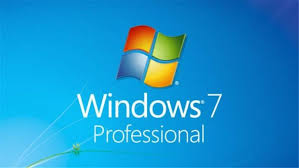
Performance and Stability
One of Windows 7’s strongest selling points was its performance. It booted faster, handled multitasking with ease, and worked well even on older hardware. The system was more stable than previous versions, reducing crashes and freezes significantly. For many, it felt like the first truly “worry-free” Windows experience.
Features and Usability
Windows 7 introduced several quality-of-life improvements:
- Snap – Easily arrange windows side-by-side.
- Jump Lists – Quick access to recent files and tasks from the taskbar.
- Improved Search – Faster, more accurate results right from the Start Menu.
- Libraries – Organized documents, music, pictures, and videos in one place.
It was also highly compatible with a wide range of software and devices, making it an easy choice for both home and professional use.
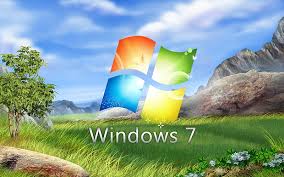
Security
Microsoft improved User Account Control to be less intrusive than in Vista while maintaining strong protection. Combined with Windows Defender and regular updates, Windows 7 offered solid security for its time without slowing down the system.
Verdict
Windows 7 remains one of the most beloved operating systems in history. It struck the perfect balance between functionality, performance, and aesthetics. Even years after newer versions arrived, many users were reluctant to leave it behind—a true sign of its excellence.
Final Rating: ★★★★★ (5/5) – A nearly perfect OS that set a gold standard for Windows.
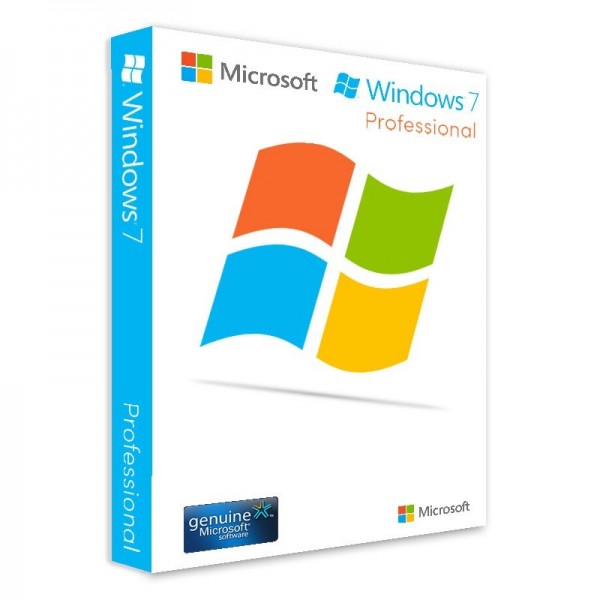
Buy Windows 10 Home + Office 2016 Home and Student
2. Windows 10
A Modern, Versatile Operating System
When Microsoft launched Windows 10 in 2015, it set out to unify the Windows experience across desktops, laptops, tablets, and even gaming consoles. Positioned as “the last version of Windows” to receive continuous updates, it marked a shift from major one-off releases to a service model that evolves over time.
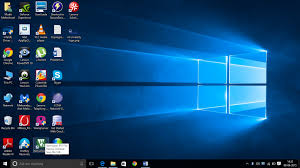
Design and Interface
Windows 10 successfully blended the best of Windows 7 and Windows 8. The Start Menu made its grand return, now enhanced with Live Tiles for quick app information. The interface is clean and adaptive, working well for both traditional mouse-and-keyboard setups and touch-based devices.
Buy on PC sales online Many GEOs
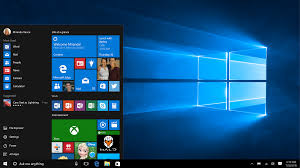
Performance and Stability
Performance on Windows 10 is solid. It boots quickly, runs smoothly on a range of hardware, and offers excellent optimization for gaming, thanks to DirectX 12 support. The operating system handles multitasking efficiently, and with features like virtual desktops, productivity gets a significant boost.
Features and Usability
Windows 10 introduced several standout tools and improvements:
- Cortana – Microsoft’s voice assistant for reminders, searches, and commands.
- Virtual Desktops – Keep different projects organized.
- Microsoft Edge – A faster, more secure web browser than Internet Explorer.
- Continuum Mode – Seamless transition between desktop and tablet layouts.
- Windows Hello – Biometric authentication for improved security.
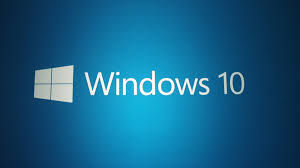
Security
Security was a major focus for Windows 10. Features like Windows Defender, BitLocker, and frequent security updates help protect against modern threats. Microsoft’s proactive patching system ensures vulnerabilities are addressed quickly—though some users found constant updates inconvenient.
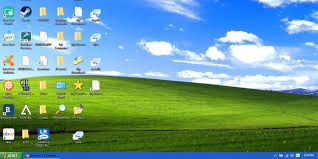
Verdict
Windows 10 is a flexible, feature-rich operating system that bridges the gap between past and future Windows experiences. It balances performance, usability, and security, making it a strong choice for gamers, professionals, and casual users alike. While the frequent updates may be a mixed bag for some, the benefits far outweigh the inconveniences.
Final Rating: ★★★★☆ (4.5/5) – A powerful, adaptable OS that has aged gracefully with continuous improvements.
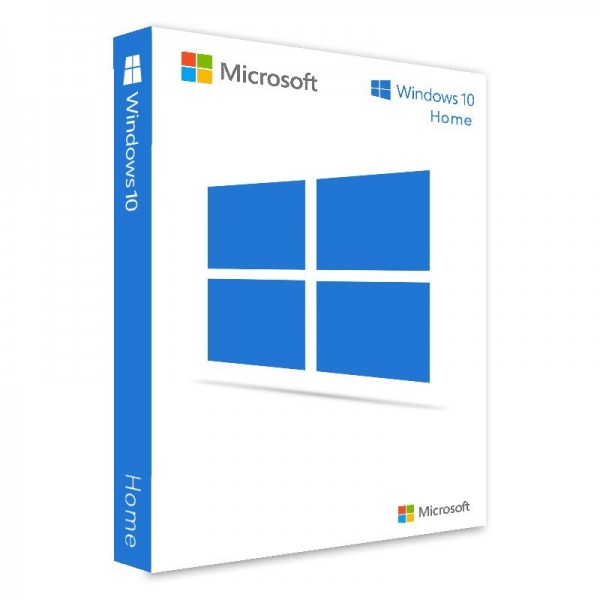
3. Windows 11 – The Future is Here. A Fresh, Modern Take on Windows.
Released in 2021, Windows 11 represents a bold step forward in Microsoft’s operating system design. It combines a sleek, minimalist look with productivity-focused features, aiming to meet the needs of both casual users and professionals in an era of hybrid work and advanced gaming.
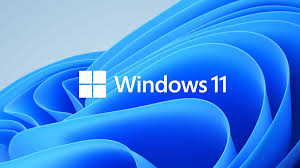
Design and Interface
Windows 11’s most noticeable change is its centered taskbar and simplified Start Menu, creating a clean and balanced aesthetic. Rounded corners, subtle transparency effects, and refreshed system icons give it a modern, polished feel. The overall look is less cluttered and more streamlined than previous versions, making navigation feel intuitive and pleasant.
Buy on PC Sales online Many GEOs
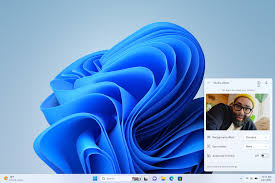
Performance and Stability
Performance is a strong point, with faster wake times, smooth animations, and improved efficiency. Gaming receives special attention, thanks to DirectStorage for quicker load times and Auto HDR for richer visuals. The system runs fluidly on modern hardware, though its higher minimum requirements mean older PCs may be left behind.
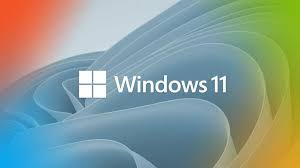
Features and Usability
Windows 11 introduces several standout features designed for productivity and convenience:
- Snap Layouts & Snap Groups – Effortlessly organize and manage multiple windows.
- Widgets – Personalized feeds for news, weather, calendar, and more.
- Native Android App Support – Expands the app ecosystem.
- Teams Integration – Quick access to video calls and messaging.
- Enhanced Virtual Desktops – Separate workspaces for different tasks or contexts.
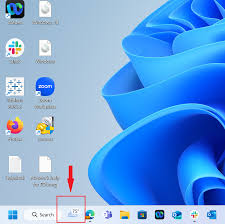
Security
With TPM 2.0 and Secure Boot as requirements, Windows 11 places a strong emphasis on hardware-level security. Combined with Microsoft’s regular updates, built-in antivirus, and encryption tools, it delivers robust protection against evolving cyber threats.
Verdict
Windows 11 blends style, speed, and productivity into one elegant package. It’s a forward-looking operating system that caters to modern computing needs while offering strong gaming and work capabilities. While its hardware requirements limit accessibility, for those with compatible systems, it’s a worthy upgrade that feels fresh yet familiar.
Final Rating: ★★★★☆ (4/5) – A stylish and efficient OS that embraces the future, but demands modern hardware.
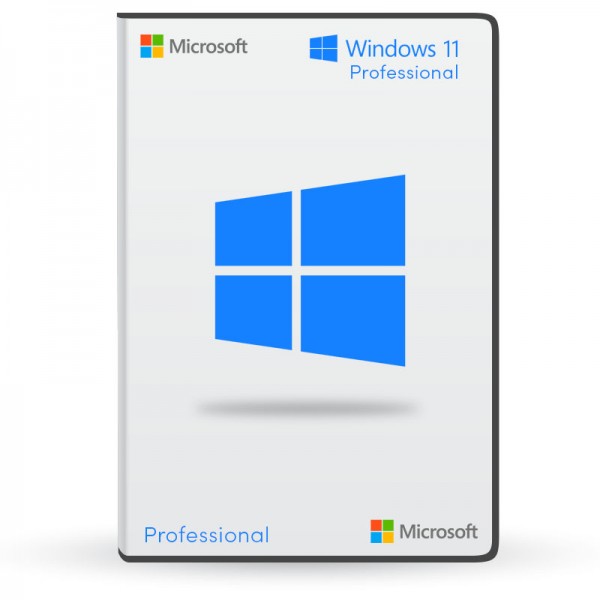
4. windows Server 2016.
Windows Server 2016 is a robust and versatile server operating system designed for businesses that demand performance, security, and scalability. It introduced several key innovations over its predecessor, making it suitable for both traditional data centers and cloud-based environments.
Buy on PC sales online many GEOs

One of its standout features is Nano Server, a lightweight installation option that reduces the OS footprint, improves boot times, and lowers attack surface — ideal for cloud deployments and container-based applications. The addition of Windows Containers and Docker support marked a big leap toward modern DevOps workflows, allowing developers and IT teams to deploy applications quickly and consistently. Shop on Amazon
On the security front, Windows Server 2016 brought Shielded Virtual Machines, protecting VM data from unauthorized access, even from administrators. The Just Enough Administration (JEA) and Just-In-Time (JIT) access features further enhance role-based security, minimizing exposure to insider threats.
Performance-wise, it delivers stable networking and storage enhancements, with Storage Spaces Direct enabling highly available, cost-effective storage using industry-standard servers. Hyper-V also received significant upgrades, improving scalability and virtualization efficiency.
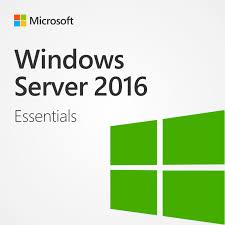
Pros:
- Modernized deployment options (Nano Server, containers)
- Strong security enhancements (Shielded VMs, JEA, JIT)
- Improved storage and virtualization performance
- Seamless integration with Azure for hybrid cloud
Cons:
- Steeper learning curve for new features
- Some features require newer hardware or specific licensing
- Nano Server support limited for certain roles
Verdict:
Windows Server 2016 is a forward-looking platform blending traditional server stability with cutting-edge cloud and container capabilities. It’s an excellent choice for organizations aiming to modernize infrastructure while maintaining strong security and reliability.
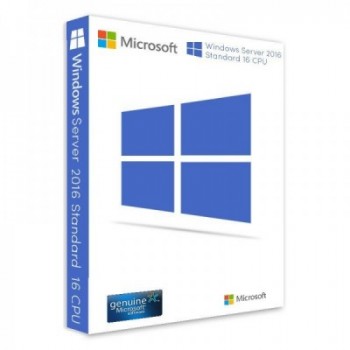
5. Windows Server 2019.
Windows Server 2019 builds on the strong foundation of its predecessor, combining traditional server stability with modern cloud, security, and container technologies. It’s designed for businesses looking to optimize on-premises infrastructure while taking advantage of hybrid cloud capabilities.
Buy on PC sales online Many GEOs
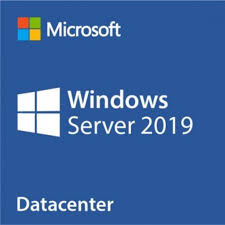
One of its major highlights is Windows Admin Center, a browser-based management tool that simplifies server administration without requiring additional cloud connectivity. This centralizes tasks like performance monitoring, configuration, and troubleshooting into a clean, easy-to-use dashboard.
Security gets a significant boost with features like Advanced Threat Protection (ATP), Windows Defender improvements, and Shielded Virtual Machines for both Windows and Linux. The integration of Encrypted Networks adds another layer of protection for data in transit.
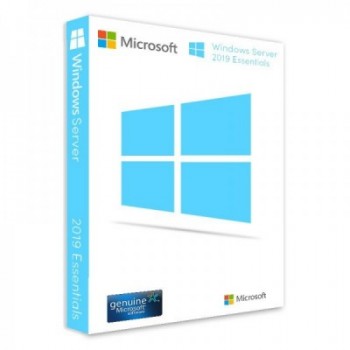
For hybrid cloud readiness, Windows Server 2019 offers Azure Hybrid Services, enabling seamless backups, disaster recovery, and centralized identity management via Azure Active Directory. Its support for Kubernetes and improved Windows Containers makes it attractive for organizations embracing DevOps and microservices.
Storage enhancements such as Storage Spaces Direct refinements and Storage Migration Service make it easier to upgrade from older systems without downtime or data loss. Hyper-V also benefits from better Linux VM compatibility and enhanced VM security settings.
Pros:
- Powerful hybrid cloud integration with Azure
- Simplified management through Windows Admin Center
- Advanced security features, including ATP and encrypted networks
- Strong container and Kubernetes support
- Seamless storage migration tools
Cons:
- Licensing can be costly for small businesses
- Some hybrid features require Azure subscription
- Learning curve for Kubernetes and containerized workloads
Verdict:
Windows Server 2019 is a versatile, future-ready server OS that bridges the gap between on-premises reliability and cloud innovation. Ideal for businesses ready to modernize infrastructure while keeping security and scalability at the forefront.
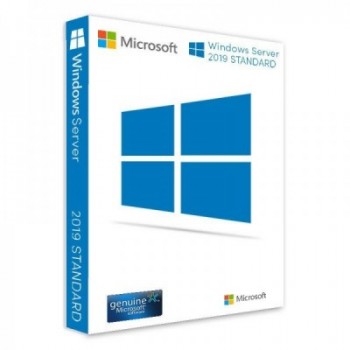
6. Windows Server 2022.
Windows Server 2022 is Microsoft’s most secure and advanced server operating system to date, designed for organizations seeking high performance, hybrid cloud integration, and enterprise-grade protection. It builds on the strengths of Windows Server 2019 while introducing several new features that address the growing demands of modern IT environments.
Buy on PC sales online Many GEOs

A key focus in this release is security, with the introduction of Secured-core server technology. This integrates hardware, firmware, and OS protection to defend against sophisticated threats. Features like TLS 1.3, AES-256 encryption for SMB, and Credential Guard enhance data confidentiality and integrity.
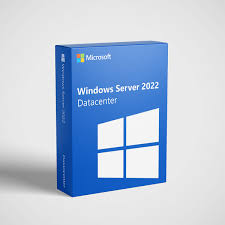
Hybrid capabilities are further expanded through tighter integration with Azure Arc and Azure Automanage, making it easier to manage on-premises and cloud resources from a single pane of glass. Hotpatching in Azure-based VMs reduces downtime by applying updates without reboots, which is a major plus for mission-critical systems.
Networking sees improvements with QUIC protocol support for faster and more secure connections, and SMB over QUIC enables secure file sharing without requiring a VPN. Storage enhancements include Storage Migration Service upgrades and Storage Spaces Direct performance boosts for large-scale deployments.
Virtualization is also refined with better container performance, smaller image sizes, and improved Kubernetes support for Windows workloads.
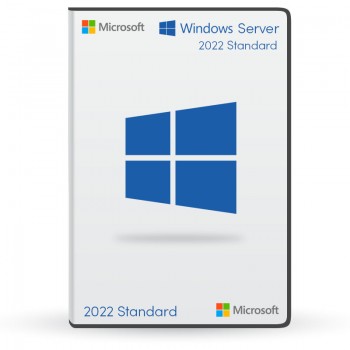
Pros:
- Best-in-class security with Secured-core and TLS 1.3
- Enhanced hybrid management via Azure Arc and Automanage
- Hotpatching reduces downtime for Azure VMs
- Faster, more secure networking with SMB over QUIC
- Improved container performance and Kubernetes support
Cons:
- Some advanced features are Azure-exclusive
- Higher hardware requirements than earlier versions
- Licensing costs may be steep for smaller deployments
Verdict:
Windows Server 2022 is a forward-thinking platform ideal for enterprises that prioritize security, hybrid cloud flexibility, and high availability. It’s a worthy upgrade for businesses ready to adopt the latest in Microsoft’s server technology.
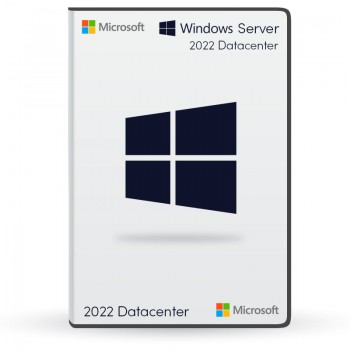
Why Windows Endures
- Familiar yet Innovative – Each update feels new but never alien.
- Vast Compatibility – Works with countless applications, devices, and hardware setups.
- Customizable – Tailor it to match your style and workflow.
- Global Support – From offices to gaming rigs, Windows is everywhere.
Final Thoughts
Microsoft Windows is not just a tool—it’s a digital companion that has grown alongside us, adapting to our changing needs. From the nostalgic charm of Windows 95 to the sleek sophistication of Windows 11, its story is a reminder that great technology evolves, but never forgets its roots.
The best versions—Windows 7, 10, and 11—aren’t just software releases; they’re milestones in our personal and technological journeys. And the story of Windows? It’s still being written, one update at a time.

